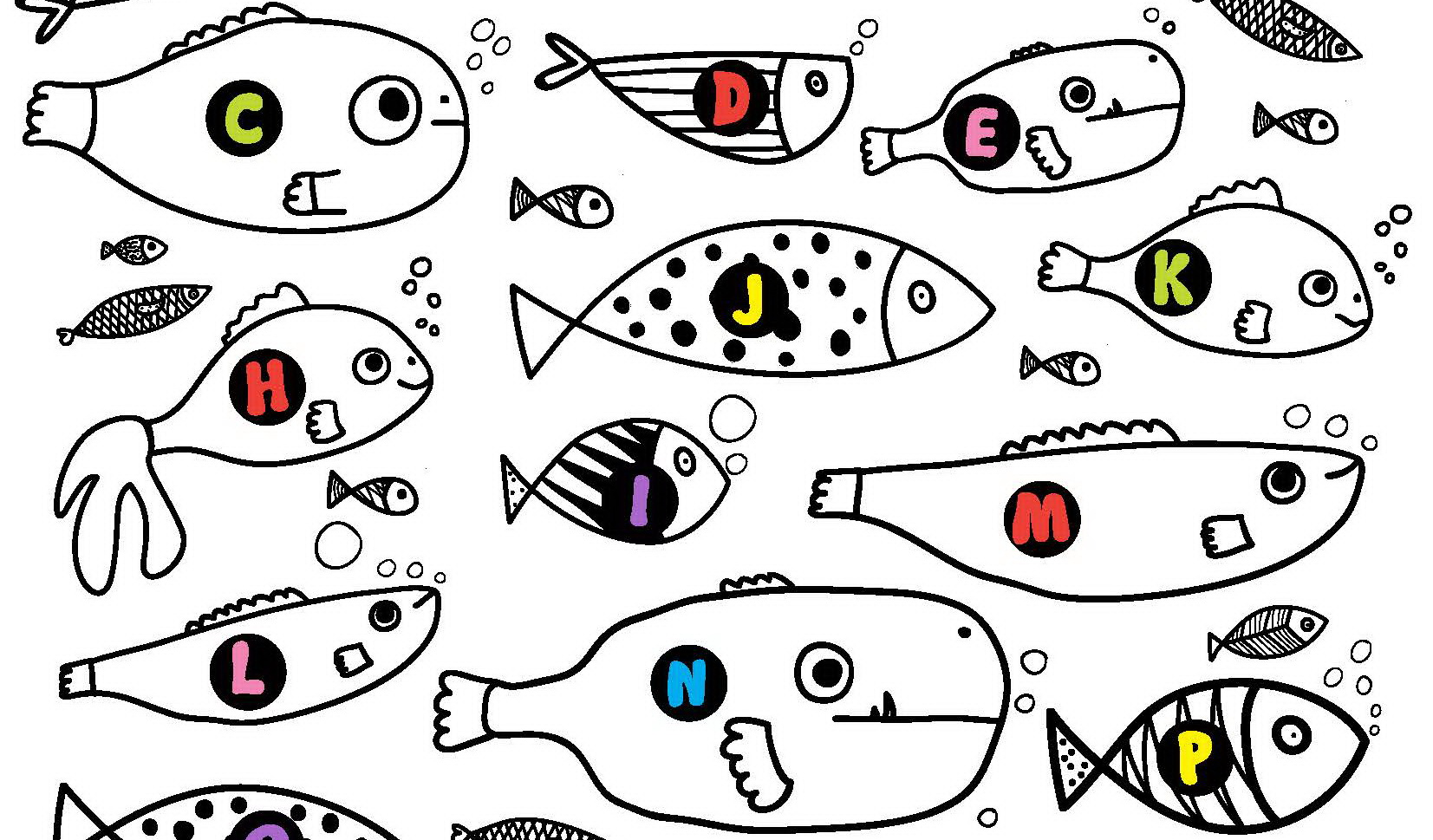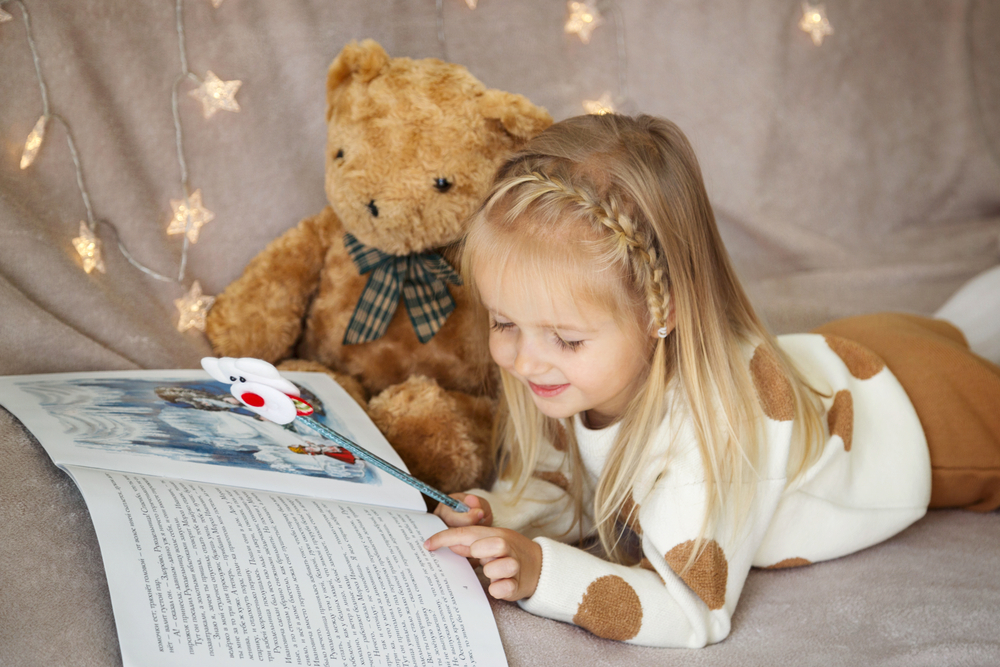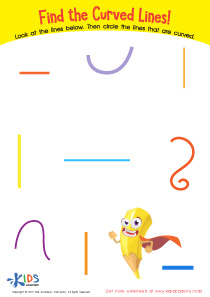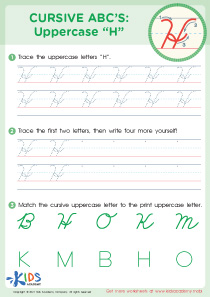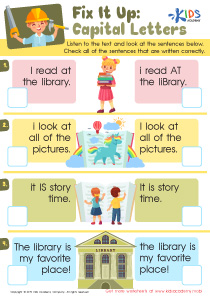Letter formation Letter Recognition Worksheets for Ages 5-7
5 filtered results
-
From - To
Enhance your child's early literacy skills with our specially designed Letter Formation and Letter Recognition Worksheets for Ages 5-7. These engaging and educational printables are tailored to help young learners master the alphabet by focusing on proper letter formation and recognition. Our worksheets offer a fun and interactive approach to learning, combining colorful graphics and child-friendly activities to keep kids motivated and eager to practice. Ideal for classroom or home use, these resources support handwriting development and alphabet familiarity, laying a solid foundation for future reading and writing success. Start your child's learning journey today!
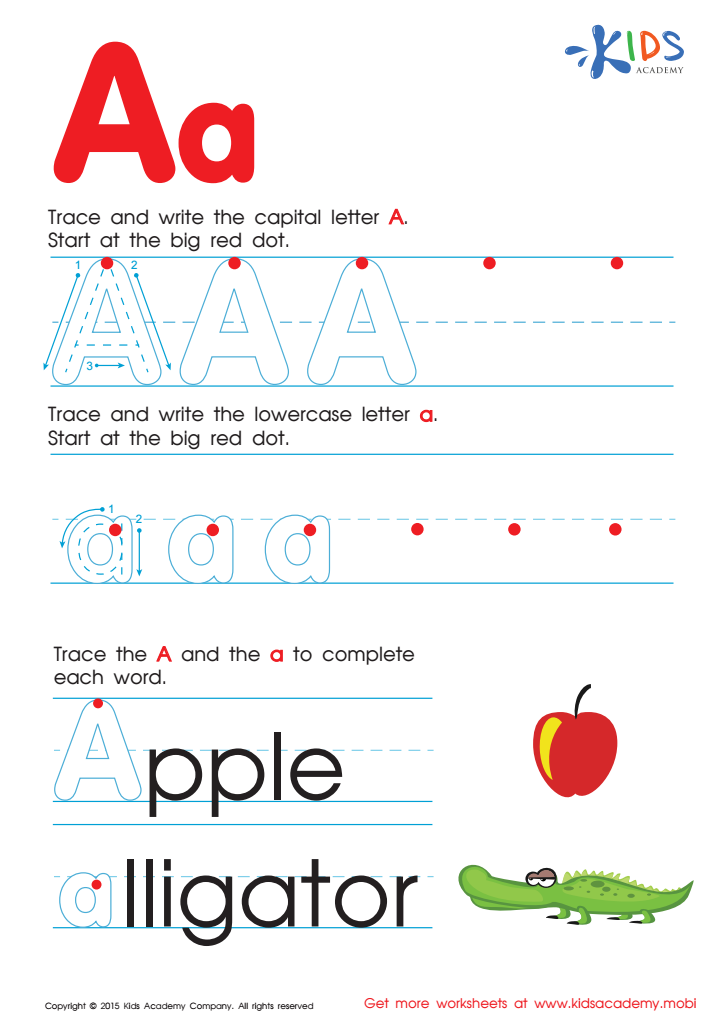

Letter A Tracing Page
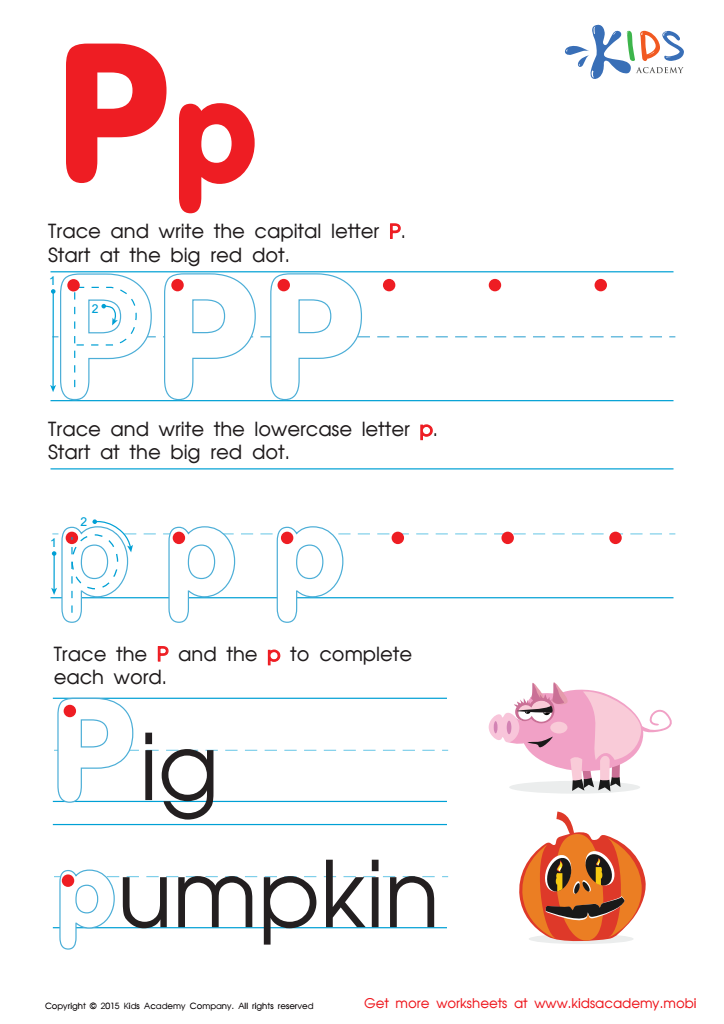

Letter P Tracing Page
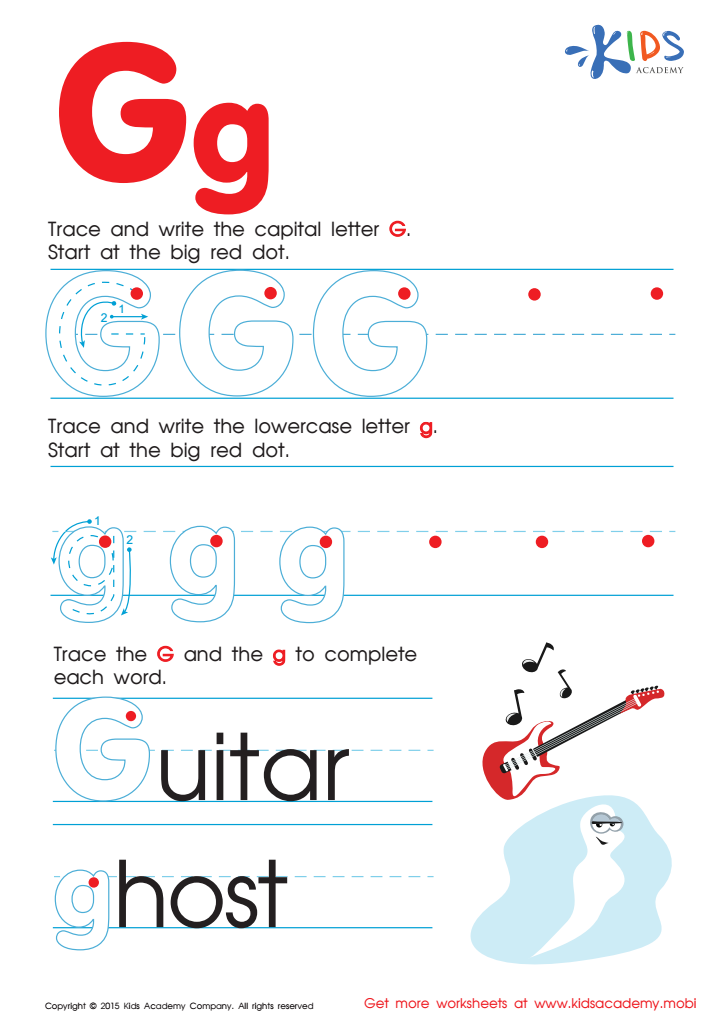

Letter G Tracing Page
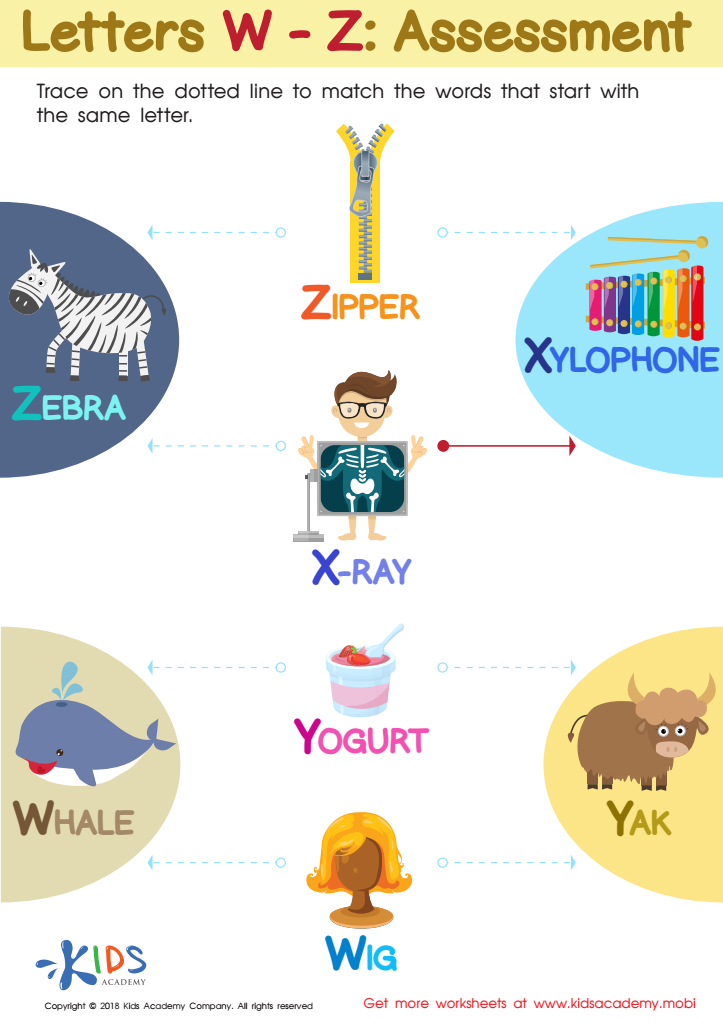

Letters W–Z Tracing Worksheet


Letter Y Coloring Sheet
Letter formation and letter recognition are foundational skills that provide the building blocks for effective reading and writing. At ages 5-7, children are in a crucial developmental stage where early literacy skills are being formed, making it imperative for parents and teachers to emphasize these areas.
Proper letter formation helps young learners develop fine motor skills and muscle memory, important for writing legibly and efficiently. If children learn how to write letters correctly from the onset, they are less likely to develop poor handwriting habits that can be difficult to correct later. Correct letter formation also aids in the speed and fluency of writing, essential for more advanced academic tasks.
Letter recognition, on the other hand, is fundamental to reading development. Recognizing letters easily leads to better recognition of words, which is the stepping stone to fluent reading. When children can quickly and easily identify letters, they are more confident and motivated to engage in reading activities. This confidence boosts their ability to decode new words, comprehend text, and develop a love for reading.
Together, these skills lay a strong foundation for future academic success. Hence, parents and teachers should care deeply about fostering accurate letter formation and recognition in children aged 5-7 to support their overall literacy development and set them up for lifelong learning.

 Assign to My Students
Assign to My Students




